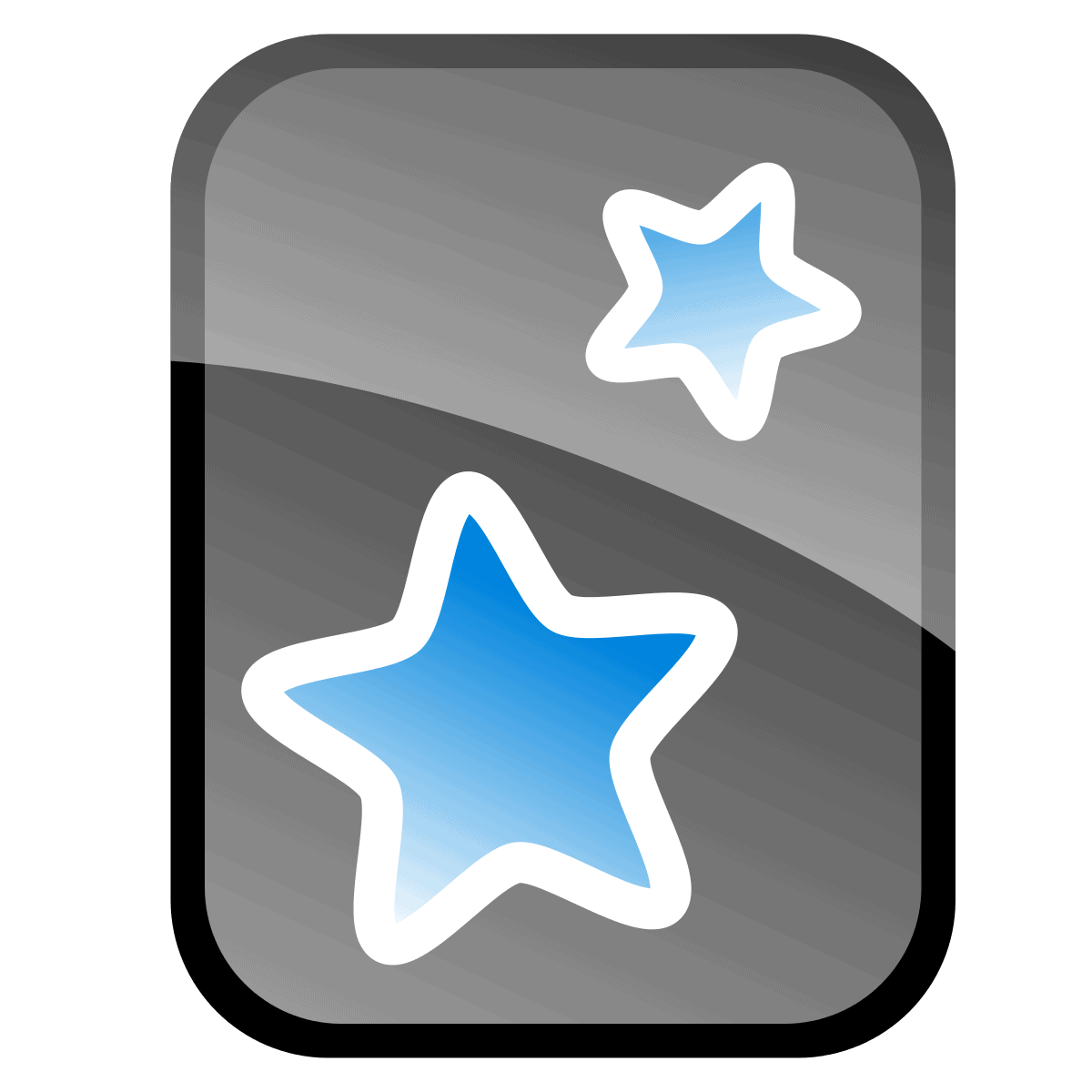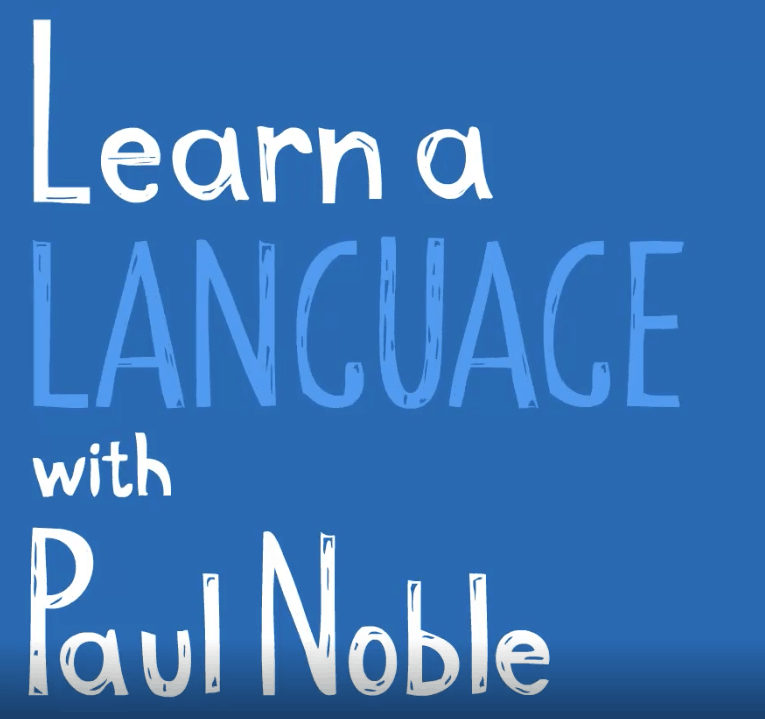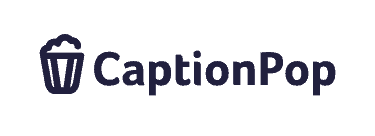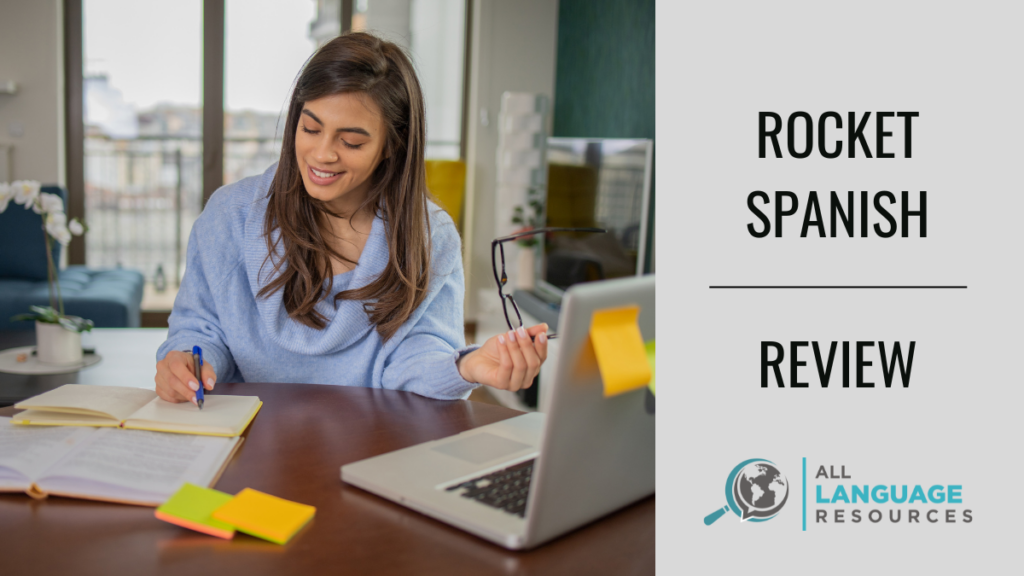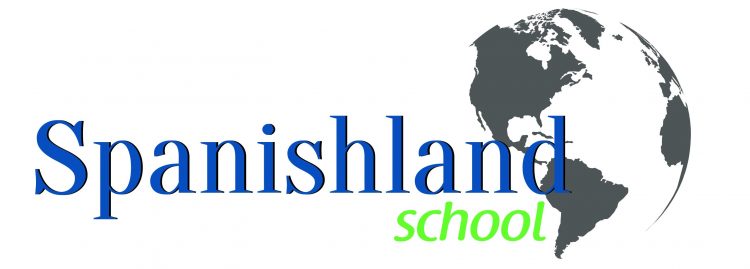SpanishDict Mini-Review: Doesn’t Get Better Than This
SpanishDict
Summary
There is no online dictionary better at supporting Spanish learners (or Spanish speaking English learners) than SpanishDict. When you search for a word on the website, you will find a series of definitions, examples of how to use the word in context, conjugations, synonyms, and common phrases that include the word. For those of you who create SRS flashcards in Anki or other apps, each dictionary entry contains a relevant picture that you can save to your decks. You can add dictionary entries to their Spaced Repetition System flashcards, find quizzes and flashcards for the most common Spanish textbooks, watch video pronunciations of thousands of words, or engage in video lessons and exercises for various grammar topics. There are also extensive articles on grammar, vocabulary, tongue twisters, and language learning that contain clear explanations, audio pronunciations, and links to related articles. Both the mobile app and website are worth your attention, but the website contains significantly more features and pronunciations by native speakers. The website is free and supported by advertisements, but by subscribing to their Premium membership you can get some extra features and remove the ads.
SpanishDict Mini-Review: Doesn’t Get Better Than This Read More »


